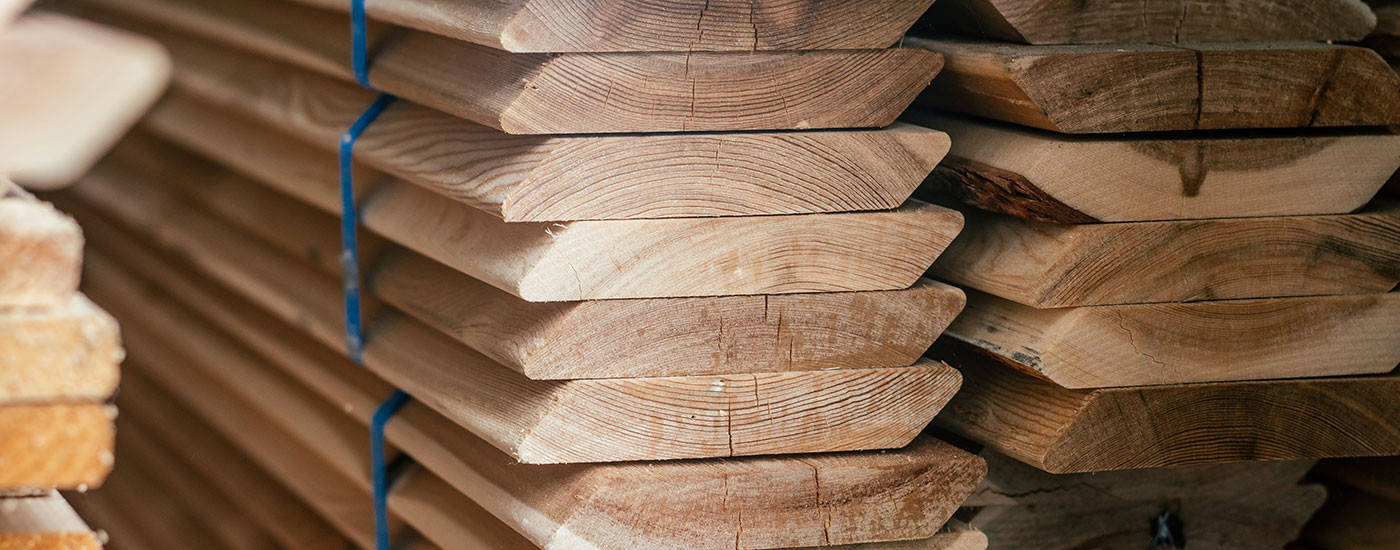Types of exterior cladding
Exterior wall cladding can be manufactured from a variety of materials, including brick, stone, glass and timber. It is used to cover a building with a protective layer against environmental damage and is also used to change the aesthetic of a building. When considering cladding a property, it’s important to research the different wall cladding solutions that are available.
Exterior timber cladding
Timber cladding will take on a different appearance on every building it is used on, thanks to the organic nature of timber; as no two cladding boards will ever have identical grain or pattern, each application will be completely original.
Benefits of timber cladding
- Environmentally aware homeowners and builders choose timber cladding as it contributes to a reduction in a property’s carbon footprint - as timber retains heat, a property with timber cladding will use less heating.
- Timber is renewable and recyclable and therefore the most sustainable material for cladding.
- Where a property is exposed to the elements, timber cladding will provide good weather resistance as well as thermal insulation.
- Timber cladding offers a versatility not found in other materials as it can be installed vertically, horizontally or even diagonally. Whether cladding should be horizontal or vertical comes down to personal choice.
- Its lightweight nature makes timber cladding convenient and easy to transport making it is ideal for those working to time constraints as it can be moved and constructed fairly quickly.
Types of timber cladding
We refer to the style of cladding board as its profile, which refers to how the boards are shaped and how they will fit together. At Witham Timber, we stock loglap cladding, shiplap cladding and tongue and groove cladding, the most popular profiles in the UK. Each profile will each give a different finished look to a building and weather resistance will also be impacted by the profile of the cladding board used. How to choose the perfect wooden garden cladding advises what to consider when choosing cladding for your property.
Installing timber cladding
Timber cladding is straightforward to install for an experienced professional but we would not recommend that a novice DIY-er attempts this, particularly if cladding is to be installed at higher heights. Correct preparation is key, with carefully measured batons that must be attached securely to the walls, leaving access for vents and wires, and avoiding electrical parts. Vertical cladding should be attached from left to right, with horizontal boards installed bottom to top. Round head nails are ideal when installing cladding and are available in a choice of lengths to accommodate the thickness of the boards. Advice on whether to choose nails or screws can be found in our article Nails or screws when installing shiplap cladding?
Cladding from Witham Timber
All our timber cladding boards are sourced from sustainably managed, Scandinavian forests. The boards are pressure treated for longevity and durability, making them suitable for exterior use. To give our customers added peace of mind, we hold a Chain of Custody Certificate for our products. This tracks materials throughout the supply chain, from the original forest to their end point.
If you would like to discuss an exterior cladding project, our experienced and friendly sales team can be contacted by phone on 01205 359188 or email at sales@withamtimber.co.uk

